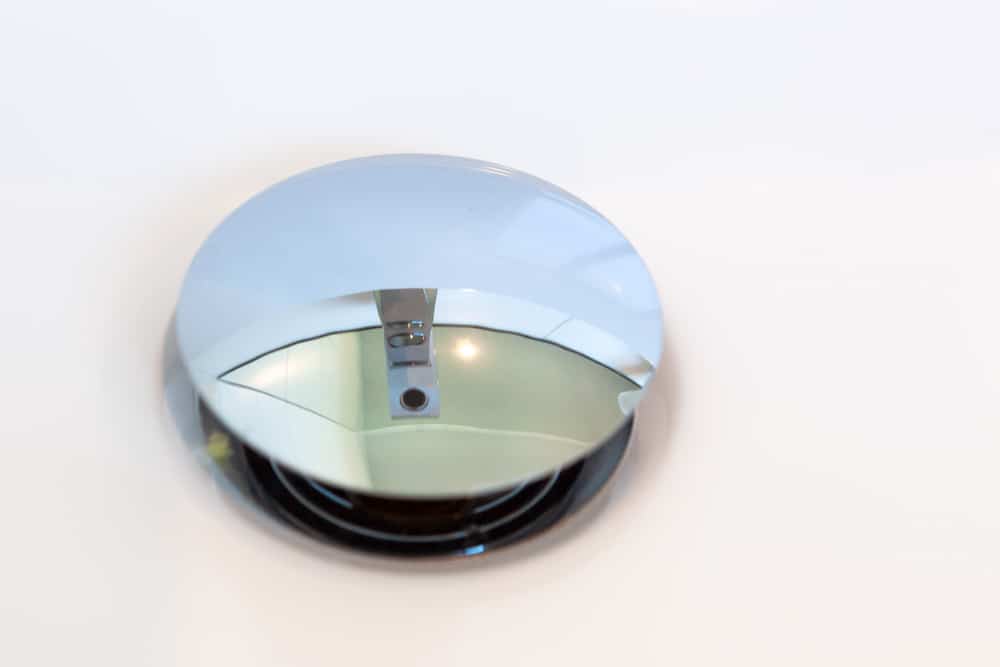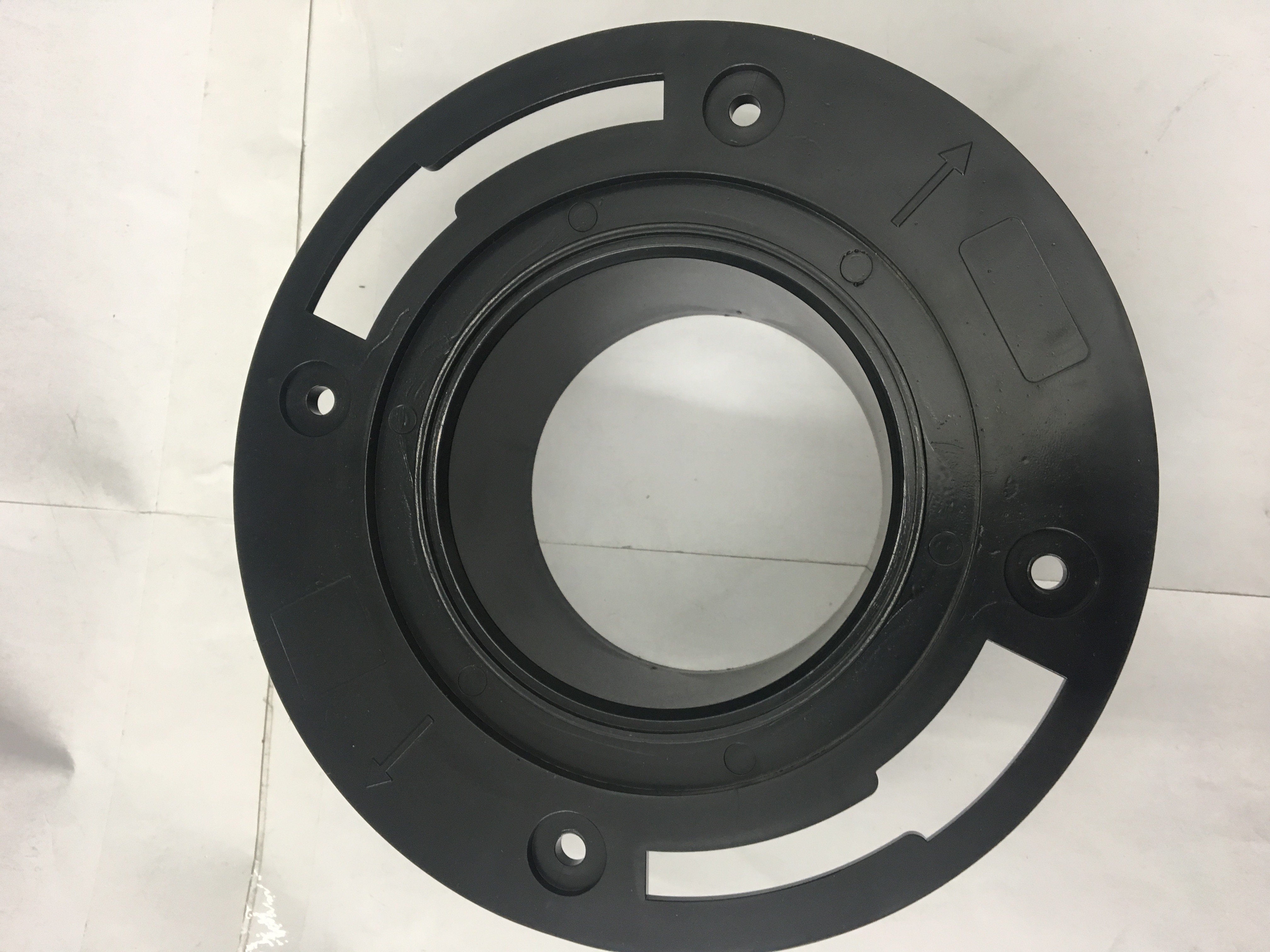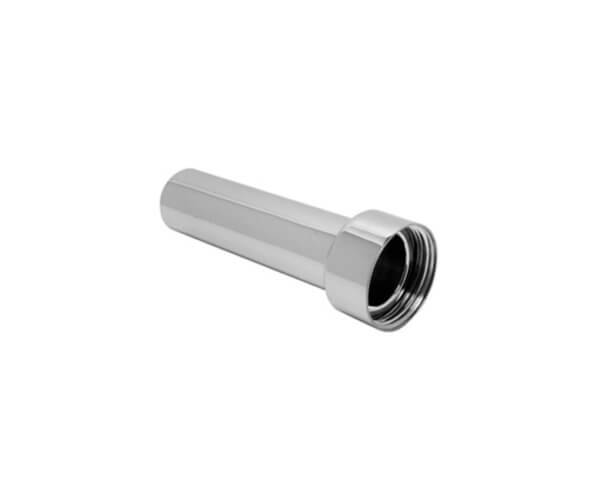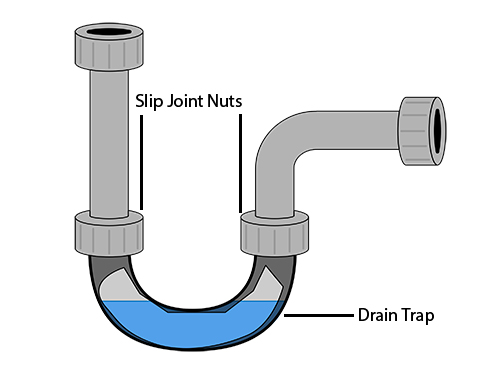1. Drain Basket
The drain basket is an essential part of the kitchen sink drain. It is the first line of defense against large food particles and debris from clogging the drain. The basket sits in the drain opening and catches any solid matter that could potentially cause a blockage. This makes it easier to clean and maintain the drain.
2. Drain Strainer
The drain strainer works hand in hand with the drain basket to keep the sink drain clear of any obstructions. It is often made of metal or plastic and has small holes or slots that allow water to pass through but trap food particles and debris. This prevents them from entering the drain and causing clogs.
3. Drain Stopper
The drain stopper is a small mechanism that sits inside the drain and is used to stop or allow water to flow through the drain. It is useful when you need to fill the sink with water or let it drain. There are various types of drain stoppers, including pop-up stoppers, push-pull stoppers, and twist-and-turn stoppers.
4. Drain Flange
The drain flange is a collar that connects the sink to the drain pipe. It is usually made of metal and has a flat rim that sits on top of the sink surface. The flange provides a watertight seal and prevents water from leaking out of the sink. It also serves as a decorative element for the sink.
5. Drain Pipe
The drain pipe is a long, curved pipe that connects the sink's drain to the main plumbing system. It is usually made of PVC or metal and is responsible for carrying all the wastewater from the sink to the sewer or septic tank. The drain pipe is an essential part of the kitchen sink drain and must be properly installed to avoid leaks.
6. Drain Tailpiece
The drain tailpiece is a short, straight pipe that connects the drain pipe to the sink's drain flange. It is usually made of metal and is responsible for carrying the water from the sink to the drain pipe. The tailpiece is typically adjustable, allowing you to adjust its length to fit your sink properly.
7. Drain Trap
The drain trap is a curved section of pipe that is found directly below the sink. It is responsible for trapping water to prevent sewer gases from entering the house. The trap is also where most clogs occur, as solid matter can get stuck in the curved section. Regular cleaning and maintenance of the drain trap are crucial to keep the kitchen sink drain functioning correctly.
8. Drain Elbow
The drain elbow is a fitting that connects two sections of the drain pipe at a 90-degree angle. It is usually found under the sink and helps to redirect the water flow towards the main plumbing system. The drain elbow is typically made of PVC or metal and must be properly connected to prevent leaks.
9. Drain Gasket
The drain gasket is a small, circular rubber or silicone ring that sits between the drain flange and the sink surface. It provides a watertight seal and prevents leaks from occurring. The drain gasket is an essential part of the kitchen sink drain and should be replaced if it shows signs of wear and tear.
10. Drain Nut
The drain nut is a small, threaded nut that is used to secure the drain flange to the sink surface. It is usually made of metal and must be tightened properly to ensure a watertight seal. The drain nut is often the first part that needs to be removed when cleaning or unclogging the sink drain.
In conclusion, the kitchen sink drain is made up of various parts that work together to ensure proper drainage and prevent clogs. Regular maintenance and cleaning of these parts are crucial to keep the sink drain functioning correctly. If you encounter any issues with your kitchen sink drain, it is best to call a professional plumber to properly diagnose and fix the problem.
The Importance of Proper Drainage in Kitchen Sink Design

Understanding the Various Parts of the Kitchen Sink Drain
 When it comes to designing a functional and efficient kitchen, the sink is a crucial element that cannot be overlooked. The sink serves as a hub for various tasks, such as washing dishes, preparing food, and even disposing of waste. However, the functionality of the sink greatly relies on its drainage system. A poorly designed or clogged drain can lead to a multitude of problems, including foul odors, slow draining, and even water damage. Therefore, it is essential to have a clear understanding of the various parts of the kitchen sink drain and their importance in maintaining a healthy and well-functioning sink.
Sink Strainer:
The sink strainer is the first line of defense in preventing clogs in the sink drain. It is a mesh or perforated metal disk that sits at the bottom of the sink and catches any solid debris, preventing it from entering the drain. It is important to clean the sink strainer regularly to ensure it does not become clogged and hinder proper drainage.
P-Trap:
The P-trap is a curved pipe that is shaped like the letter "P" and is located directly under the sink. It serves as a barrier between the sink and the sewer line, preventing sewer gases from entering the kitchen. The P-trap also catches and holds debris, which can be easily removed for cleaning.
Drain Pipe:
The drain pipe is the main pipe that connects the sink to the sewer line. It is typically made of PVC or metal and carries all the wastewater from the sink to the sewer. It is important to ensure that the drain pipe is properly installed and free of any cracks or leaks to prevent water damage.
Vent Pipe:
The vent pipe is a vertical pipe that runs from the drain pipe and extends through the roof. Its primary function is to allow air to enter the drainage system, which helps maintain proper pressure and allows wastewater to flow freely. A clogged vent pipe can lead to slow draining and unpleasant odors.
Garbage Disposal:
Not all kitchen sinks have a garbage disposal, but for those that do, it is an essential component of the drainage system. The garbage disposal grinds food waste into small pieces, making it easier to flush down the drain. It is important to use the garbage disposal properly and avoid putting large items or fibrous materials down the drain, which can cause clogs.
In conclusion, the proper functioning of a kitchen sink relies heavily on its drainage system. Each component plays a crucial role in maintaining a healthy and efficient sink. Regular maintenance and proper usage of these parts are essential in preventing clogs and other issues that can lead to costly repairs. By understanding the various parts of the kitchen sink drain, homeowners can ensure their sinks are functional and free of any potential problems.
When it comes to designing a functional and efficient kitchen, the sink is a crucial element that cannot be overlooked. The sink serves as a hub for various tasks, such as washing dishes, preparing food, and even disposing of waste. However, the functionality of the sink greatly relies on its drainage system. A poorly designed or clogged drain can lead to a multitude of problems, including foul odors, slow draining, and even water damage. Therefore, it is essential to have a clear understanding of the various parts of the kitchen sink drain and their importance in maintaining a healthy and well-functioning sink.
Sink Strainer:
The sink strainer is the first line of defense in preventing clogs in the sink drain. It is a mesh or perforated metal disk that sits at the bottom of the sink and catches any solid debris, preventing it from entering the drain. It is important to clean the sink strainer regularly to ensure it does not become clogged and hinder proper drainage.
P-Trap:
The P-trap is a curved pipe that is shaped like the letter "P" and is located directly under the sink. It serves as a barrier between the sink and the sewer line, preventing sewer gases from entering the kitchen. The P-trap also catches and holds debris, which can be easily removed for cleaning.
Drain Pipe:
The drain pipe is the main pipe that connects the sink to the sewer line. It is typically made of PVC or metal and carries all the wastewater from the sink to the sewer. It is important to ensure that the drain pipe is properly installed and free of any cracks or leaks to prevent water damage.
Vent Pipe:
The vent pipe is a vertical pipe that runs from the drain pipe and extends through the roof. Its primary function is to allow air to enter the drainage system, which helps maintain proper pressure and allows wastewater to flow freely. A clogged vent pipe can lead to slow draining and unpleasant odors.
Garbage Disposal:
Not all kitchen sinks have a garbage disposal, but for those that do, it is an essential component of the drainage system. The garbage disposal grinds food waste into small pieces, making it easier to flush down the drain. It is important to use the garbage disposal properly and avoid putting large items or fibrous materials down the drain, which can cause clogs.
In conclusion, the proper functioning of a kitchen sink relies heavily on its drainage system. Each component plays a crucial role in maintaining a healthy and efficient sink. Regular maintenance and proper usage of these parts are essential in preventing clogs and other issues that can lead to costly repairs. By understanding the various parts of the kitchen sink drain, homeowners can ensure their sinks are functional and free of any potential problems.

























:max_bytes(150000):strip_icc()/bathtub-drain-stopper-types-2718995_FINAL-3c520aa60ba2477786c0a2b64de3834f-3f86776780154b1aad5a91124256e317.png)




:max_bytes(150000):strip_icc()/bathtub-drain-stopper-types-2718995-05-88e27f154e784817a5736ffa372ff5a3.jpg)

/tubdrainplunger-59ab828d396e5a0010620253.jpg)













































/sink-drain-trap-185105402-5797c5f13df78ceb869154b5.jpg)



































/small-master-bedroom-ideas-tips-and-photos-4121678-hero-28ddc240196d42d0aa4934191976c679.jpg)


